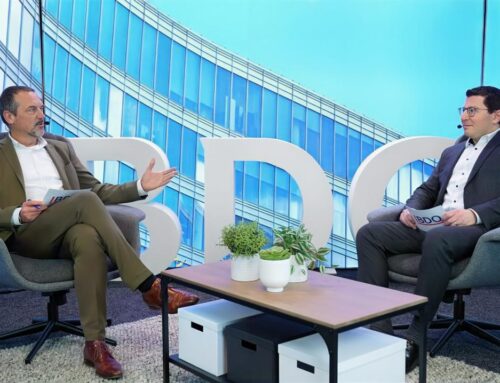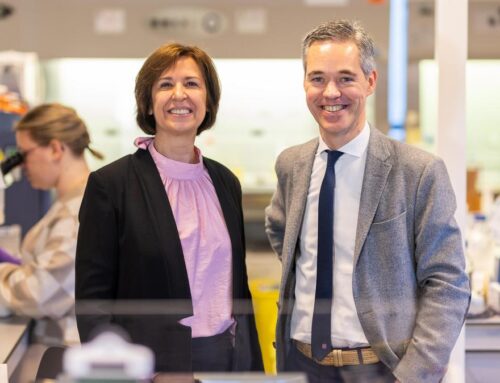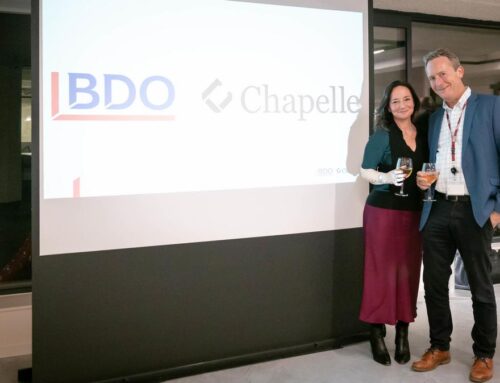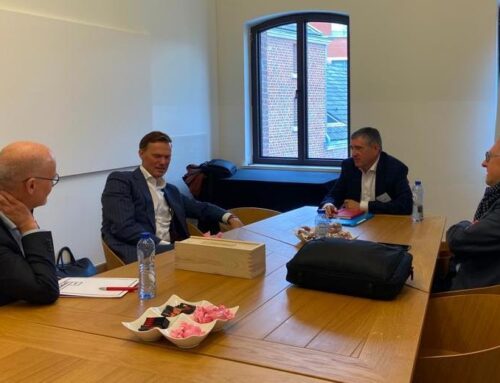Real-time accounting
Digital link between manager and accountant
Even though the digital transition of companies is in full swing, directors and managers often wait for weeks to get access to their financial data. That problem weakens competitiveness. Real-time accounting brings relief.
Pascal Lucchese, Senior Manager BDO Accountancy
Who doesn’t recognise the following situations: the manager on a business trip neatly collects all expense receipts and submits them on his/her return … or accidentally leaves them in the car for several days; or a receipt gets stuck in the wallet or purse; or an invoice even ends up in the spam. The risk of losing supporting documents in this way is a genuine possibility. To the delight of the tax inspectors, and with all of the resulting VAT declaration problems.
This makes an accurate analysis of the accounts very difficult. Accurate analysis requires all data to be updated in real-time. The quicker the data are entered, the quicker the operating account is up-to-date and can be analysed. And the more the work of the number-crunching professions becomes an indispensable, strategic tool for the company manager.
“Real-time accounting gives the manager the tools to detect accounting warning signs more quickly.”

Making accounting processes efficient
A study by The Association of Accountants and Financial Professionals in Business shows that, when the financial closing takes 7 working days, 41% of that time is spent on collecting, entering and checking information.
A major factor is that many organisations still commonly use a variety of different, mostly manual, processes and tools (e-mails and spreadsheets). The constant ‘shuttling’ between all the different sources to track down, collect and process the right data becomes a time-consuming, and therefore expensive, task.
Welcome real-time accounting!
Our specialists are ready to assist you with the digital and real-time processing of financial data. Neutral, correct, reliable and efficient. In short, we are raising accounting and financial reporting standards to a higher level. Technology plays an undeniable role in this. Consider, for example, RPA (Robotic Process Automation) which automates routine, time-consuming tasks, reduces the risk of errors, and relieves the human being of repetitive tasks – thereby creating extra room for other, more knowledge-driven or creative tasks with a higher added value (also read the white paper ‘Alleviating man’s robotic tasks’ at www.bdo.be/insights).
Real-time accounting makes administrative management more accessible and dynamic and gives the (possibly SME) manager the tools to detect accounting warning signs more quickly. Thanks to real-time accounting, you can:
Integration, connection and automation are the pillars of future-oriented accounting.
Structuring to simplify
Technology and software are not the be-all and end-all. It’s a complementary story, just as the processes and tasks of the Chief Financial Officer and the Chief Data Officer are converging towards each other.
An upgrade of the documentation cycle can only contribute to a fast and accurate analysis of the financial data. There can be no compromise. The aim must be to provide the company manager with all the right data at the right time to make the right strategic decisions in the interests of the company’s proper functioning. And this in the most cost-effective way.
Continuous evolution
The digital transformation will not slow down, let alone be scaled back. Accounting must swim with the tide – and it’s being enriched with more and more personalised functions and connecting openly with applications from other domains. Consider features such as e-signature, links with banking applications, blockchain and artificial intelligence.
Bottom line: integration, connection and automation are the pillars of future-oriented accounting – which can then fully take on its role as growth catalyst.



















